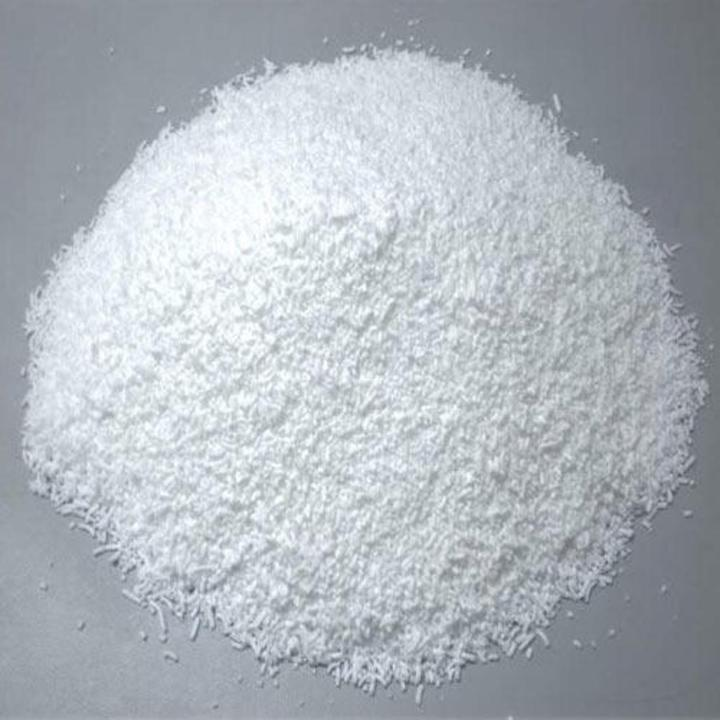Aragonite, a polymorph of calcium carbonate, is a mineral that shares the same chemical composition as calcite but differs significantly in its crystalline structure and physical properties. These differences make aragonite a highly advantageous material for a wide range of industrial applications, offering several key benefits over calcite. The superior characteristics of aragonite have positioned it as a preferred material in industries such as agriculture, plastics manufacturing, and construction.
Unique Crystal Structure and Enhanced Durability
Aragonite’s orthorhombic crystal structure gives it remarkable strength and durability, making it an ideal material for industrial uses that require high performance. This structure is more stable compared to the trigonal structure of calcite, which means that aragonite is better equipped to withstand stress and pressure. In applications such as plastic manufacturing, aragonite is increasingly used as a filler material, where its unique properties enhance the strength and resilience of the final products. Plastics and polymers that incorporate aragonite are more rigid, durable, and less prone to wear over time.
Improved Performance in Plastics and Polymers
In the plastics and polymers industry, aragonite is gaining traction as a superior alternative to calcite. Products like plastic food trays, polymer moldings, and decking materials are significantly improved by the addition of aragonite. Aragonite’s crystalline structure contributes to the stiffness and strength of plastic products, ensuring they are more durable and longer-lasting. This makes it a valuable material for industries that require high-quality, resilient products. As a result, manufacturers are increasingly turning to aragonite as a cost-effective way to enhance the properties of their polymer-based materials.
Higher Solubility and Faster pH Adjustment in
Agriculture
One of the most important advantages of aragonite is its higher solubility compared to calcite. Aragonite dissolves more easily in water, making it particularly beneficial in agricultural applications. It can adjust the pH of acidic soils much faster than calcite, which is essential for improving soil health and promoting optimal crop growth. The ability of aragonite to dissolve quickly ensures that it provides immediate benefits to farmers, reducing the waiting time needed for pH corrections and allowing for faster crop cultivation.
Reduced Material Usage and Cost-Efficiency
Due to its higher solubility, aragonite requires less material to achieve the same effect as calcite in soil pH adjustments. Research has shown that, in agricultural practices, aragonite can reduce the material requirement by up to 50% compared to traditional limestone products. This makes aragonite a more cost-effective solution for farmers, as they can achieve the desired pH levels with less material. Additionally, the faster action of aragonite reduces the number of applications needed, further cutting down on material costs and labor.
Aragonite is often purer than calcite, making it a more efficient material in various industrial processes. Its purity ensures that it is free from contaminants, which could otherwise interfere with the quality of the end product. Furthermore, aragonite’s larger surface area enhances its ability to act as a filler in industrial applications. Whether in water treatment, paints, coatings, or construction materials, aragonite’s increased surface area improves its efficiency and effectiveness. The material’s ability to disperse more evenly within products makes it a more reliable and cost-effective option compared to calcite.
Sustainability and Environmental Benefits
As industries worldwide shift toward more sustainable practices, aragonite stands out as an eco-friendly alternative to other materials. Its efficient use in agricultural applications, such as soil pH adjustment, reduces the environmental impact of over-application seen with traditional limestone. Furthermore, aragonite’s faster solubility and reduced material requirements mean less transportation and waste, contributing to sustainability goals across industries.
Conclusion
Aragonite offers several advantages over calcite, including superior strength, higher solubility, and greater efficiency in industrial applications. From improving the performance of plastics to providing cost-effective and rapid soil amendments in agriculture, aragonite is proving to be an invaluable material across multiple sectors. Its unique properties, such as its crystalline structure, high purity, and larger surface area, give it a competitive edge, positioning it as a key player in the future of industrial applications. As industries continue to seek more sustainable and cost-effective solutions, aragonite’s role is expected to grow, further cementing its place as a preferred material in the industrial landscape.


Comments
Post a Comment